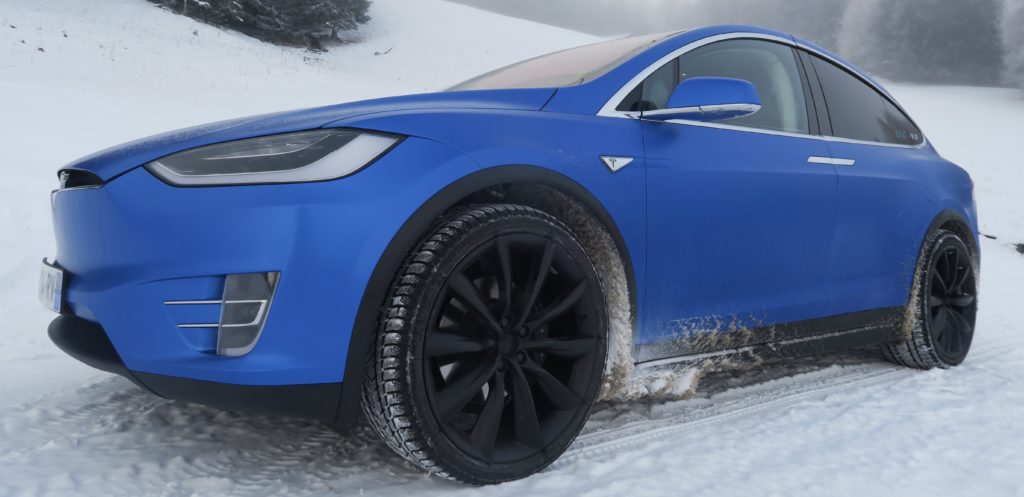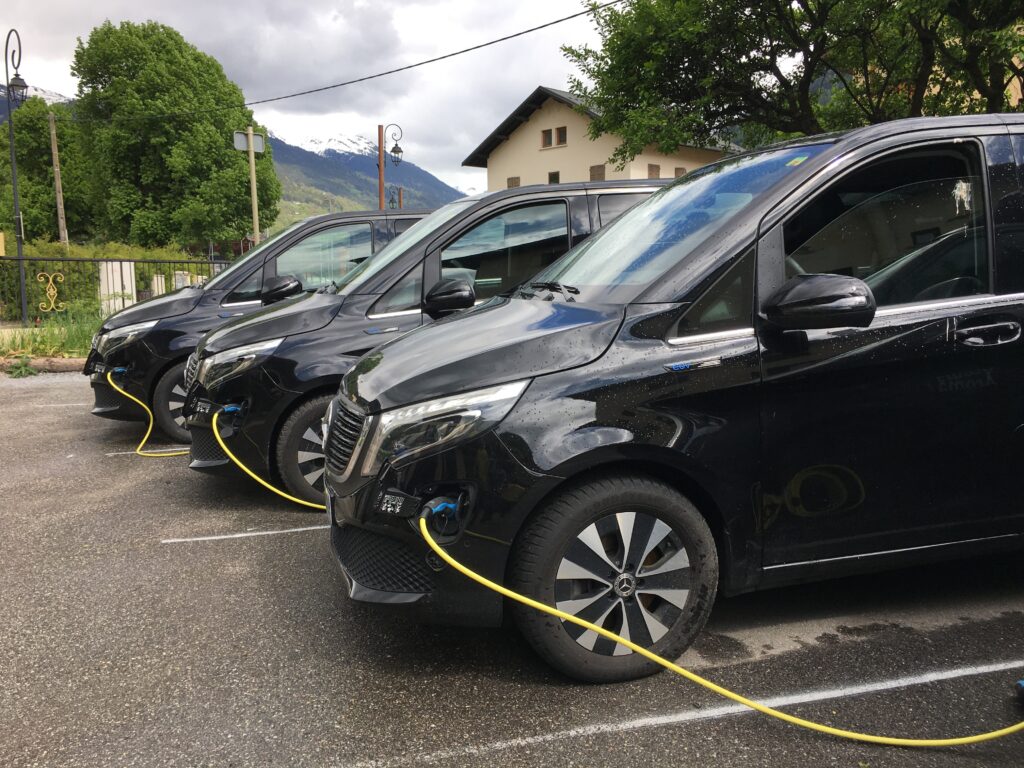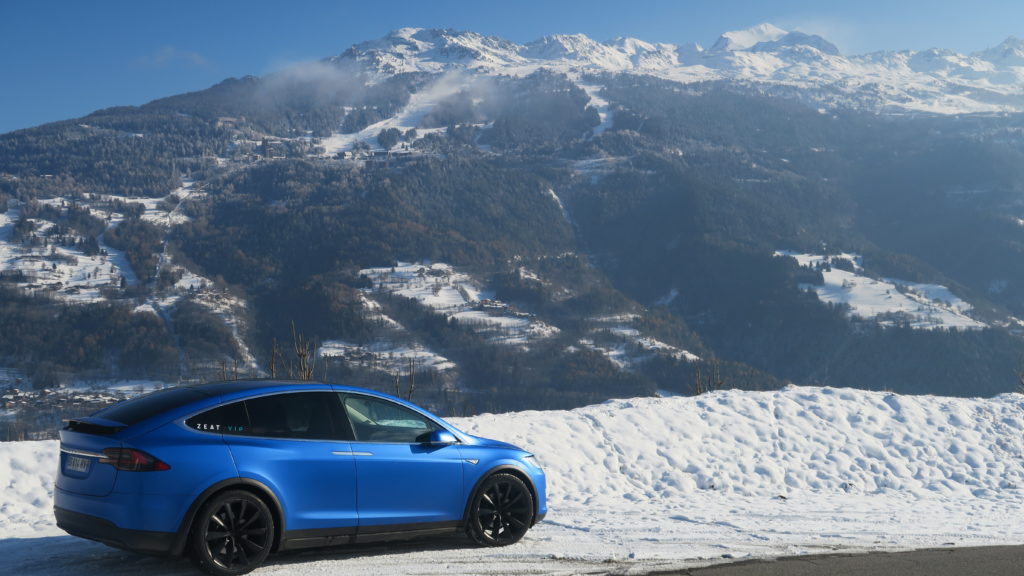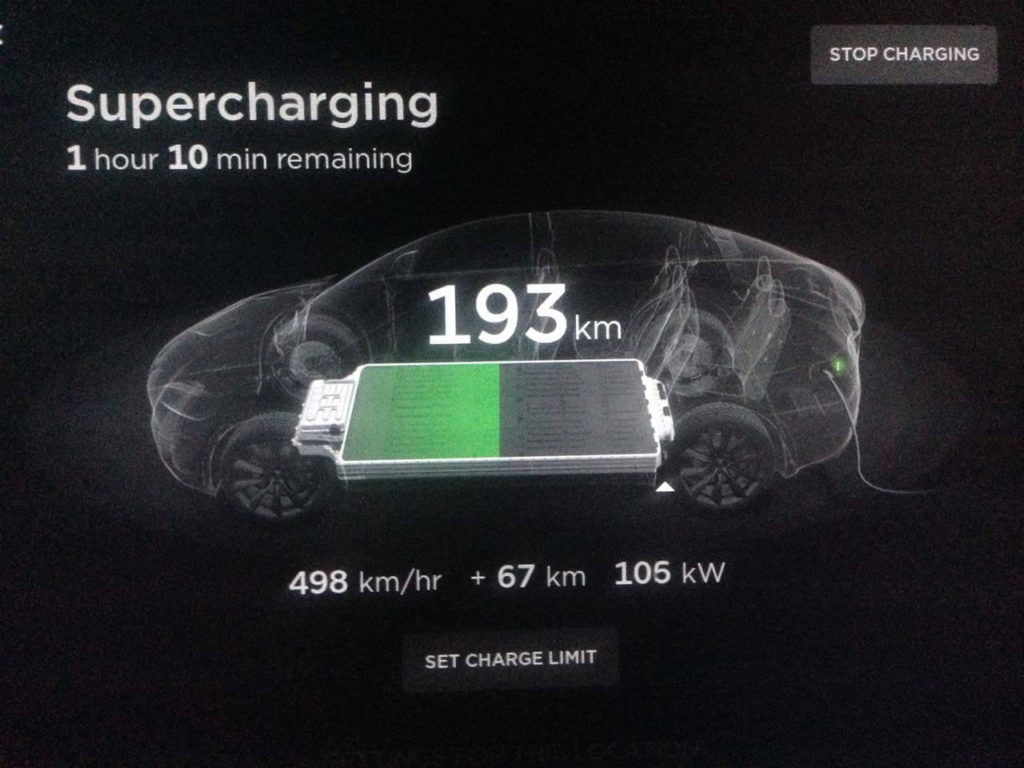As we rapidly approach our 1 millionth electric kilometre, we thought it was high time…
EV FAQ
Why should I choose an electric airport transfer?
There is no longer any debate on climate change. Our planet is warming and this is largely caused by human activity, specifically the hugely increased release of carbon dioxide into the atmosphere due to burning fossil fuels since the industrial revolution. Despite knowing this for several decades, global CO2 levels continue to rise. The consequences are already being felt and will become increasingly more dire until we start to reduce emissions.
Nearly one quarter comes from transport. Of that, 24% is produced by road passenger transport alone and 12% comes from aviation. Clearly then, the method of transport you use to get to your skiing holiday is key to reducing the carbon impact of your trip.
From a more local perspective, we are based in a valley which includes three of the biggest ski areas in the world. On the busiest days of the winter, up to 70,000 vehicles navigate the N90 between Albertville, Moutiers and Bourg St. Maurice (35,000 arriving, 35,000 departing). That brings huge amounts of local pollution. Since we live in a relatively steep sided valley, that pollution sticks around longer than it would elsewhere. On bad days you can see the layer of smog.
Aside from affecting the health of those of us that live and holiday here, this also has a detrimental effect on our snow conditions. Black carbon released in exhaust fumes settles on the snow reducing its reflectivity, increasing snowmelt. Other pollutants such as Nitrogen and Sulphur oxides can also react with the snow to create acidic compounds, harmful to local ecosystems.
Of course, environmentally speaking, by far the best option would be to not come skiing at all. But there is a lot to be said for spending time in the mountains and how that can positively affect peoples lives and influence decisions they may take day-to-day that can have a positive impact.
If you are coming to the Alps, the best option is to make the bulk of your journey by train and then choose an electrically powered means to convey you to a resort. It is possible to jump on a weekly train in London that will get you directly to Bourg St. Maurice and then use the electric funicular railway to whisk you up to Les Arcs. Equally you could opt for the far more prolific express train via Paris, alighting in Chambery (saving the slow, 2 hour, Chambery to Bourg part of the train journey) where you can pick up an electric transfer to any resort in Tarentaise valley including Tignes, Val d’Isere, La Plagne, Meribel, Val Thorens and Courchevel.
Completing the whole journey by car, particularly with 3 or 4 travelling together, is the next best option in terms of carbon emissions. Better still, complete the journey in an electric car. Of course, charging en-route does add time to the journey but maybe not as much as you think. Calais to Bourg St. Maurice, driving non stop, can be done in 9 hours and twenty minutes. In an EV with charging stops, the same distance can be achieved in around 11 hours and a journey with regular breaks means you arrive at your destination less fatigued.
For many people however, the train or a journey by car is not an option. In particular, travelling from the north of England, or just anywhere that is not spitting distance from London, can add too much to the journey time and overall cost. For now at least, the largest portion of travellers from the UK to the Alps will still arrive by plane. The emissions involved in this part of the journey may be unavoidable but you can of course reduce this using a carbon offsetting scheme. For the final part of your journey from airport to resort, the best options, from an environmental point of view, are either the train or transfer in an electric vehicle.

But you still need to generate the electricity somehow. Doesn’t this just move the carbon emissions to the power plant?
A common argument against EV’s and one that doesn’t stand up to close examination. Clearly, it all depends on how power is generated in the geographical location you are charging in. France as a whole generally only uses fossil fuels (mainly natural gas) for around 5% of its energy production. During the daytime in the summer this can drop as low as 1%. This useful website gives you live data on the current energy mix powering France – https://www.rte-france.com/en/eco2mix/power-generation-energy-source
Hydro accounts for 10-15%. Due to the mountainous nature of our local area, we have numerous hydro plants close by. The nearest is just 1km from the base where we charge our vehicles and is powered using water from Lac de Chevril, behind Tignes dam.
We have also installed 41 solar panels across the two sites where we charge. This is obviously nowhere near enough power to charge 8 EV’s but every little helps. To provide context, at peak, in the summer when the sun is high in the sky, our 41 panels can generate 18kW. Our EV batteries have a capacity of 90Kwh, each.

EV’s and, in particular, their batteries, require more carbon emissions to produce than regular cars. How many kms before that carbon debt is paid off?
This is true. The manufacture of the car itself produces roughly the same emissions as a petrol or diesel vehicle but a 90kWh battery adds another 16%, equivalent to a little over one metric ton of CO2. Studies in the US concluded that the additional carbon debt for producing a 90kWh battery is balanced by the reduction in exhaust emissions once a Tesla has driven 22,000 km. This study however, is based on the US energy mix which uses more fossil fuels than France. In France the same is achieved after just 15,000 km. For context, each of our EV’s covers around 40,000 km every year. Our oldest Model X has so far clocked up 240,000 km on its original battery and still drives like new
EV Batteries only last a few years and then end in landfill
Not true. Our oldest Tesla was delivered in 2016 and is still going strong on its original battery after 240,000 km. We did have an issue with a battery failing after 220,000 km on a Tesla we bought in 2018. This was replaced under warranty. The replacement battery was a reconditioned unit from another Tesla. Our original battery went off for reconditioning and by now is now likely installed in someone elses vehicle as a warranty replacement.
What about the damaging effects on the environment caused by mining the rare metals required to make a car battery?
A valid point. The worst offenders are Lithium, Manganese and Cobalt.
Lithium mining requires large amounts of water. In the Bolivian Andes (home to the planets largest reserves of lithium), the process involves pumping briny water out from slat flats and then leaving it to evaporate. 2 million litres can be required to produce a ton of lithium. 12 kg of lithium are required for a Tesla Model X battery so that’s equivalent to 24,000 litres of water per battery. Bigger problems occur if toxic chemicals leak out into the water supply during the evaporation process. As with any mining process, it scars the land and lowers and contaminates the water table.
Manganese mining releases fine manganese dust particles into the air during the excavation, transportation and processing stages. This poses health risks for nearby communities. 60-70% of all the cobalt used in battery technology, originates from the Democratic Republic of Congo. The majority comes as a by product of copper mining, however, global demand for cobalt is so high that it encourages ‘artisanal mining’, thought to be responsible for 15% of global supply.
Artisanal mining refers to small scale mining by hand. The practice is unregulated and as such, workers operate in an often dangerous and exploitative environment. They work long hours underground, mining by hand, where cave-ins and the release of toxic gases are an ever present danger. UNICEF estimates that 40,000 children are involved in cobalt mining in the DRC.
So the battery industry is a very long way from perfect, but is it worse than continuing to use fossil fuels for transport? Demand for batteries increased by 65% just between 2021 and 2022. The industry is relatively new and is still finding it’s feet. Visibility over the sourcing of cobalt supplies is constantly improving. Lithium and Cobalt free batteries are already well into the development phase and it takes more than seven times as much water to produce 1kg of beef than it does to produce 1kg of lithium.
On the other hand, estimates for global premature deaths due to pollution from diesel and petrol exhaust fumes range from 350-400,000 people per year. In the US alone, 1.2 million people live close enough to oil refineries for the pollution produced to have a negative impact on their health. Large scale spills from oil tankers make the news but small scale spills happen all the time. In 2022, 15000 tons of oil was lost to the sea, causing huge damage to marine life. And oil produced from tar sands is one of the most destructive and toxic fuels on the planet.
What range do your vehicles have?
Our 100D Model X has a range of 400km. Our 90D Model X’s and Mercedes have ranges around 350km. This is based on optimum driving conditions – 20 degrees air temperature, driving on flat roads at 90 kmph.

Doesn’t the cold weather reduce the battery range?
It does but we do almost all of our driving during the winter so to us, this is the norm. We see range reduction of around 25% on the above figures when the temperature drops below zero but for us it feels like summer is a range booster rather than winter being a range killer.
How can you be sure you won’t run out of power before you get us to our destination?
Sat nav is the key to this. When our drivers start a journey they program in the route. The sat nav works in conjunction with the car to calculate how much battery will be left at the destination. This is actually very accurate. It is based on the last 50 km driven but also takes into account the extra power required to climb up to resort.
Variables can effect this, for example, a change in air temperature (an increase boosts the battery range, a drop reduces it) and change in the vehicle weight (increase in the number of passengers and luggage compared to the previous 50km). These differences will become apparent during the journey and the arrival charge reading will change accordingly. We aim to always arrive with a minimum of 10% remaining (usually more like 25%). If the estimated arrival charge drops below 10% for some reason the driver can stop briefly at a high speed charging station in Albertville or Moutiers. This is required only very rarely (only a couple of times on Geneva transfers during an average winter) and a 5-10 minute stop is long enough to add another 20-30% range.
But what if there is a traffic jam? Will we burn through the battery range sat stationary with the heating on?
In a word, no. Due to the nature of the Tarentaise valley, which is home to 3 of the biggest skis areas in the world but can only be accessed by one dual carriageway, we are very used to traffic delays! In our experience, you might lose 2 % battery range in an hour long traffic jam

What if my driver has to queue to charge his vehicle before picking us up? Will he be delayed?
France’s charging network is continually expanding and managing to stay well ahead of demand. We almost exclusively use the Tesla Supercharging network for both our Tesla’s and Mercedes. These are the market leaders, with charging stations in Moutiers, Albertville, Annecy, Geneva, Chambery and Lyon. Often when we charge, only 20-30% of the stalls are in use. Very occasionally (maybe once a season) during peak travel times we might have to queue to access a stall. The wait has never been more than 5 minutes. Tesla continues to open more stations to keep one step ahead of demand.
Will we have to stop and charge en-route?
Normally no but very occasionally we may need to do so. Particularly if the weather is very bad. Extremely low temperatures and snow on the road both reduce battery range. The driver will be aware of this from the sat nav and predicted arrival charge. If he/she is concerned you may arrive with less than 10% battery it may be necessary to stop for a brief charge at the high speed Tesla stations in either Albertville or Moutiers. A stop of 5-10 minutes is enough to add 20-30% range to the battery.